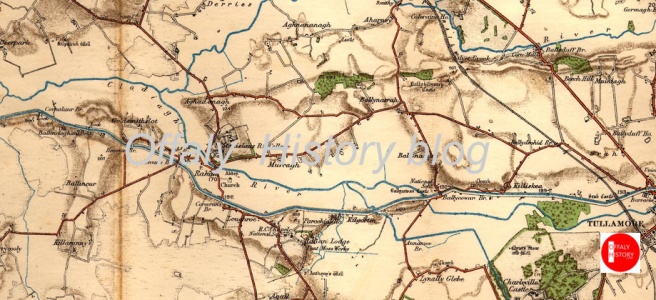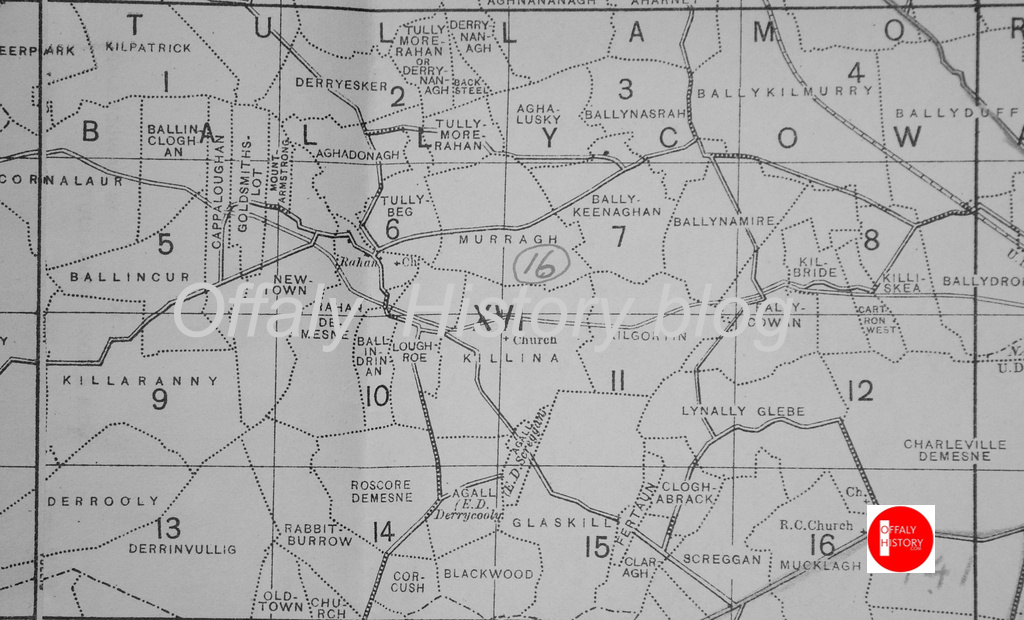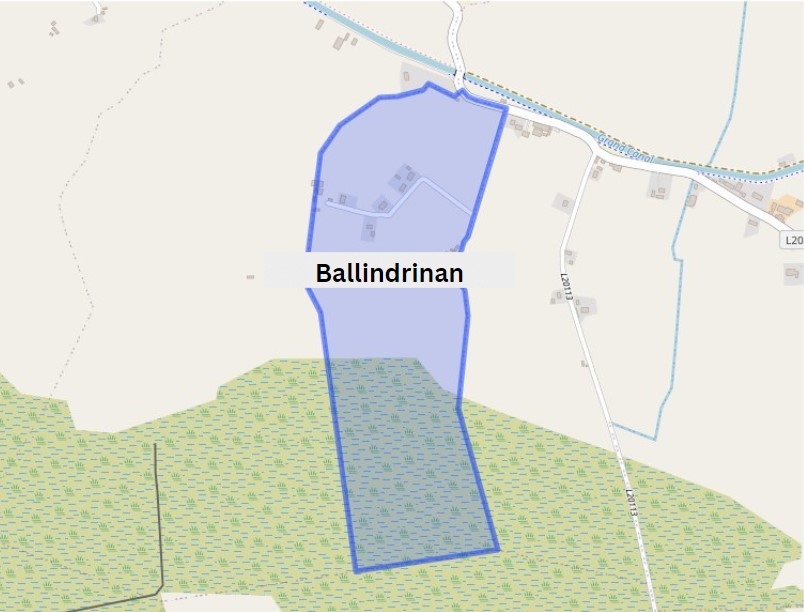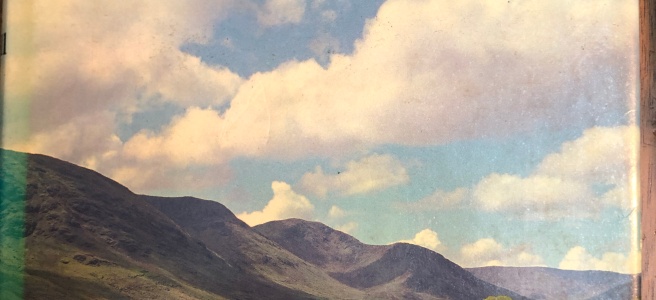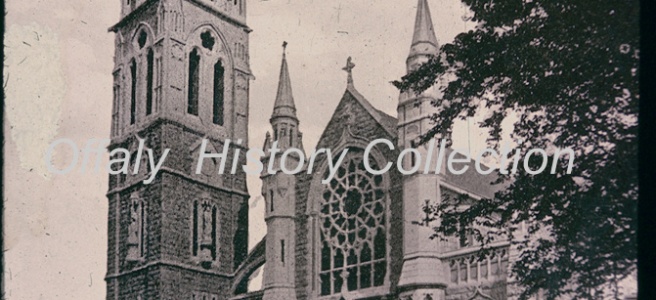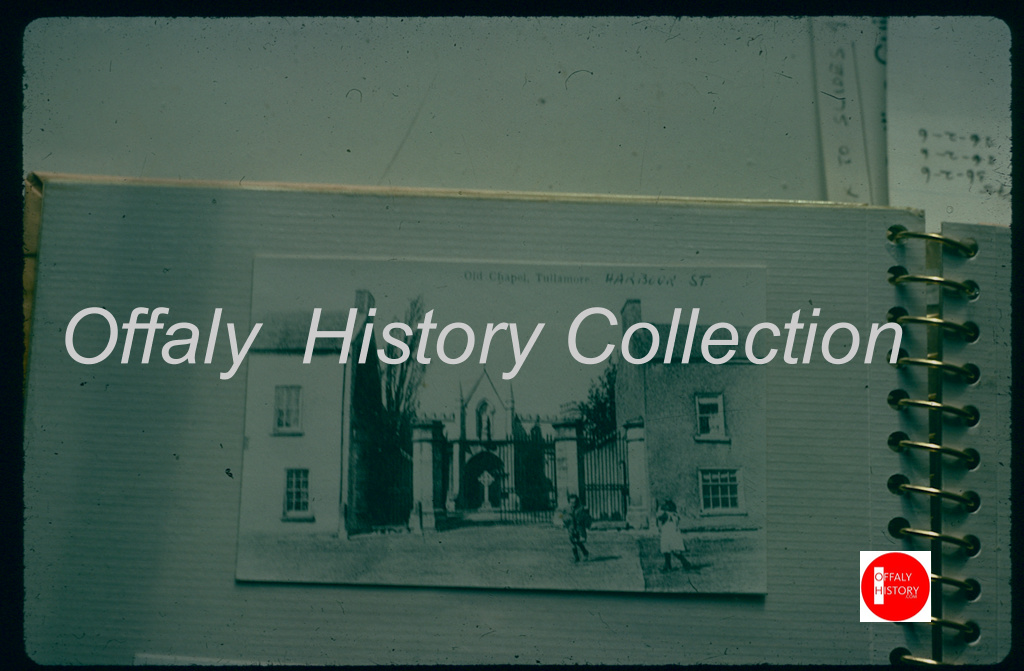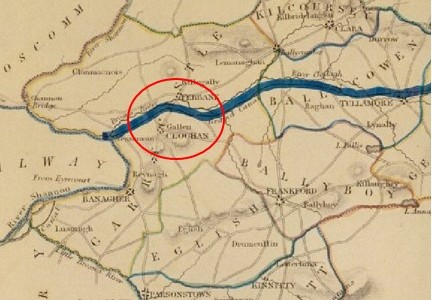A recent purchase by a ,member of Offaly History of the Letters of William Stubbs (1825-1901), edited by W.H. Hutton included an original letter from the Hon. Secretary of the London-based Society for the Promotion of Hellenic Studies sending a gentle reminder to the learned and revered historian that his subscription was outstanding for four years. i.e. from when that society was formed in 1879. This sometimes happens in Offaly History too, when perhaps a distinguished member will forget to renew and one would not have the temerity to send a reminder. Not so the Hellenic Society.
Continue readingRenewing your subscription to Offaly History (Offaly Historical and Archaeological Society) for 2024: a gentle reminder to Canon Stubbs, the Regius Professor of Modern History at Oxford, in regard to his membership subscription due to the Hellenic Society, in 1882. Joining OHAS in 2024.


